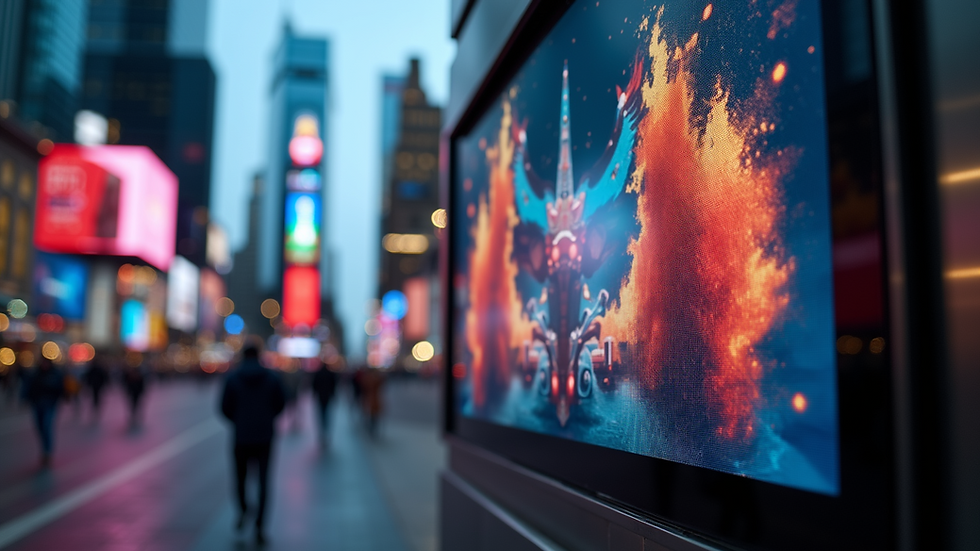What Is Hyperlocal Advertising and Why It Matters in 2025?
- Mohanavel Samy
- Jul 8, 2025
- 2 min read

In an era where national ad budgets soar into lakhs and digital ad fatigue is setting in, many small and mid-sized businesses are left behind. They face two key challenges:
Their potential customers are nearby — not nationwide.
Their budgets and time do not support complex ad campaigns.
That’s where hyperlocal advertising comes in. It is a form of advertising that targets customers in a very specific geographic area — often as narrow as a neighbourhood, street, or taluk. The goal is to reach people who are physically near a business and are most likely to convert.
Imagine you're a bakery in Chennai. Why waste money showing your ad to someone in Mumbai? With hyperlocal targeting, you reach the people who walk by your shop daily, who live within a 2 km radius, and who are most likely to become repeat customers.
How Hyperlocal Advertising Works
Traditionally, local advertising meant:
Pamphlets or flyers distributed door to door
Newspaper classifieds
Posters on street walls or electric poles
Word of mouth or walk-ins
These methods still work to a degree, but they lack:
Measurement: You don’t know how many people saw your ad
Targeting: Everyone gets the same message regardless of interest
Dynamism: You can't change content in real time
Enter Digital Out-of-Home (DOOH) + Hyperlocal = Game Changer.
Platform like iuv.network bring the power of DOOH to small businesses. Here’s how:
Android TVs already present in shops, clinics, and salons are used as advertising screens.
Each business gets its own content slot (Side A) to show promotions, services, etc.
Another slot (Side B) displays ads from non-competing businesses in the same taluk.
Ads rotate every 30 seconds, reaching a local audience passively and frequently.
Why 2025 Is the Year of Hyperlocal DOOH
Android TV penetration has skyrocketed, even in Tier 3 towns.
Data costs are low, enabling content preloading without lag.
People trust local brands more, especially post-pandemic.
Regional content performs better than generic mass-market ads.
iuv.network leverages all of this by offering a SaaS-based platform that:
Allows any business to upload ads
Pairs them with nearby businesses dynamically
Uses AI to ensure non-competing, ethical content
Tracks ad delivery and pairing history
Example
Let's say:
You're a mobile accessories store in Chennai.
You upload your banner for a festive offer.
Your ad is now shown on a nearby pharmacy's TV for 30 seconds every minute.
Meanwhile, a tailoring shop's ad plays on your screen in return.
No setup costs, no manual scheduling — it's all automated.
The Benefits of Hyperlocal Advertising via iuv.network
Cost-effective: No agency needed. Lifetime plan at a fixed price.
Consistent visibility: Your brand is seen every 30 seconds, every day.
Easy to manage: Upload and schedule from mobile or desktop.
Trust-building: Local users feel familiar with brands they see regularly.
Scalable: From one taluk to multiple districts over time.
Conclusion:
Hyperlocal advertising is no longer a luxury. It's a strategic necessity for local businesses in 2025. With tools like iuv.network, you don’t need a marketing team or a huge budget to make your brand visible where it matters most.
If you serve a local area, advertise like a local — smart, simple, and effective.
Start with iuv.network today.



Comments